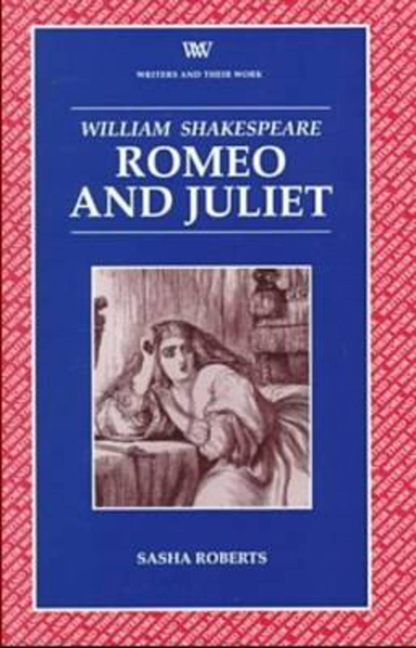3 - Constructing Identities
Summary
The construction of personal identity is a social process. History, society, and culture shape though not entirely determine the ways in which men and women perceive themselves and are perceived by others. In Romeo and Juliet personal identity is inflected by distinctions of gender, class, age, and ethnicity. The play also shows how personal identity may be conflicted; put under pressure from opposing demands and desires. When Romeo, for instance, fails to respond to Tybalt's taunts in 3.1, Romeo's new and as yet private identity as a husband and Capulet-by-marriage conflicts with that of the aggressive, partisan man expected of him: the scene stages a struggle between the needs of private and public manhood; between privately fashioned and socially sanctioned identities. Such conflicts of identity are grounded in early modern society: Romeo and Juliet plays upon and engages with contemporary cultural practices and concerns.
An analysis of ‘character’ in Romeo and Juliet should not, then, be restricted to a discussion of personality traits. One of the problems with traditional Shakespearian ‘character criticism’ is that it tends to suppress an analysis of characterization (how a character is constructed, and to what effect), and ignores the fact that in performance a character may be infinitely varied. In fact the dramatic conventions that Shakespeare inherited in the late-sixteenth century were concerned less with psychological realism than with the function of characters and character ‘types’ as vehicles for exploring ideas; as a means to an end. As Margot Heinemann argues, paraphrasing Brecht, ‘Shakespeare's theatre was more concerned with telling stories, whereas modern interpreters … concentrate on making us share the inner life of the character’ (p. 234). If we restrict a discussion of character to personality traits, then the underlying stories of a dramatic text may be left untold. Furthermore, characters in Romeo and Juliet are multidimensional, embodying and evoking a variety of ideas, images, and issues, and are open to alternative readings. The ‘stories’ I want to attend to in this chapter deal with how personal identity in Romeo and Juliet is shaped by distinctions of gender, sexuality, age, social status, and ethnicity operating both in the play and in early modern culture at large.
- Type
- Chapter
- Information
- Romeo and Juliet , pp. 34 - 80Publisher: Liverpool University PressPrint publication year: 1998



